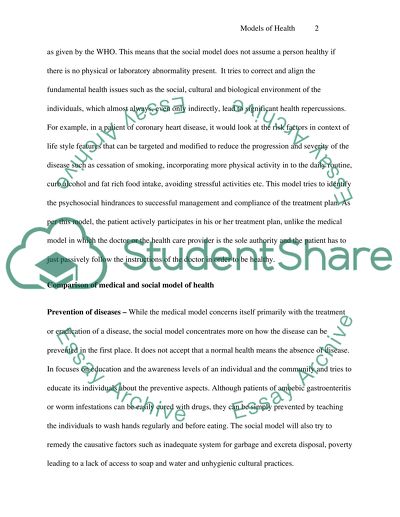Cite this document
(“Medical Model Vs Social Model of Health Essay Example | Topics and Well Written Essays - 1250 words”, n.d.)
Retrieved from https://studentshare.org/health-sciences-medicine/1502163-medical-model-vs-social-model-of-health
Retrieved from https://studentshare.org/health-sciences-medicine/1502163-medical-model-vs-social-model-of-health
(Medical Model Vs Social Model of Health Essay Example | Topics and Well Written Essays - 1250 Words)
https://studentshare.org/health-sciences-medicine/1502163-medical-model-vs-social-model-of-health.
https://studentshare.org/health-sciences-medicine/1502163-medical-model-vs-social-model-of-health.
“Medical Model Vs Social Model of Health Essay Example | Topics and Well Written Essays - 1250 Words”, n.d. https://studentshare.org/health-sciences-medicine/1502163-medical-model-vs-social-model-of-health.


